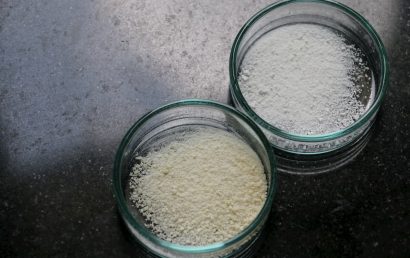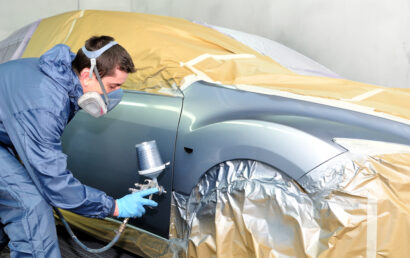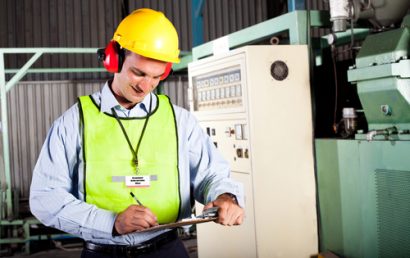Looking For Best Results From The HVOF Process?
HVOF is a process that was created in order to produce high-quality carbide, metal, and numerous specialty coatings. HVOF stands for high velocity oxygen fuel. The HVOF system is a highly specialized application which uses specially engineered powders. Thanks to today’s technologies in protective coating application, the process has been commercialized. This means that various industries can now make use of this particular application. Through this process, companies can lengthen the range of applications (no more old-school coating processes) by putting to use the unique properties of HVOF.
HVOF’s Creation
It was a short 20 years ago that the HV0F process was created. And in those two decades, the thermal spray industry has been launched into areas that used to be considered unreachable. Much of this is thanks to HVOF. In the HVOF technique, process gases such as air, oxygen, and hydrogen are used in combination. At high-pressure, these gases are thrust into the torches’ combustion chamber, then ignited. Supersonic speeds (or velocity) are achieved by the resulting gas. Into the flame, the chosen powder is injected. This also reaches supersonic speed. The resulting product is the densest possible thermal spray coatings.
For spraying corrosion and or wear-resistant carbides, HVOF is the preferred process or technique. These coatings have the following characteristics:
- Low oxide levels
- Fine as-sprayed surface finishes
- Very high bond strengths
HVOF Applications
There are any number of applications in which HVOF can be effectively utilized. Here are just a handful of examples:
Steel Blowers – blowers can be used to move things (such as, as an example, gases that are corrosive) through ductwork. But the blowers could become unbalanced because the steel corrodes. The corrosion, in this example, is caused by the gases’ sulfuric acid. So, what ends up happening is that every six months, blowers need to be repaired or replaced. What’s the solution? Increase the life of the blower by 300% by applying a protective coating onto the blower itself.
Worn Conveyer Screws – in order to transport limestone into boilers, power plants use conveyor screws. In this example, yearly replacement or repair of conveyor screws will needed because the limestone causes abrasion (the conveyer screws in this example were originally made from carbon steel). Using the HVOF system, a wear-resistant coating must be applied to both sides of the flights and on the shaft. As a result, the life of the conveyor screws will be significantly extended.
Reconditioning Pumps – facing wear issues and corrosion, sewage pumps move some of the most horrific materials imaginable. Namely, raw waste. These pumps may need to be repaired or replaced as often as every 6 to 12 months, even though many of them have already been treated with a (more inferior) type of protective coating. But by using the HVOF process to coat the rotors, a 500% increase in the life of the pumps and rotors would mean only having to recondition or replace them every five years or more. The process is a little more complicated than simply spraying on the protective coating due to the fact that the rotors must be underground and the final coating must be finished to rotor size.
These are, of course, only examples but should adequately show how effective the HVOF system is. If you would like to find out more about this process and how it can benefit your business, please contact us at A&A Coatings today.



